News & Stories
The stories of the Faculty of Arts and Sciences: the achievements and activities of our faculty, departments, and programs.
Search & Filter
Applied Filters:
-
Using cutting-edge statistical modeling, Yale researchers examined mating success rates among one prairie bird — and found that females are more attracted to dance moves than aggressive fighting.
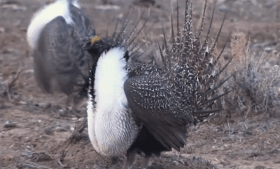
-
While birds are better able than most species to relocate in response to climate change, the environment is changing faster than they can fly, a new Yale study finds.
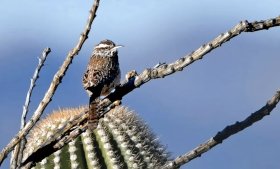
-
A Yale-led study sheds light on how coral reefs became biodiversity hotspots.
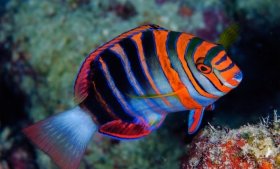
-
The discovery of two new fish species in Alabama points to scientific methods that can help protect the Earth’s biodiversity.
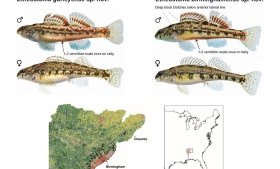
-
A method developed by Yale scientists helps reveal how antibacterial agents interact with their host cells — a process that could boost a host of applications that benefit society.

-
Mountaintops contain many of the world’s most diverse clusters of butterfly species, according to a new study. But climate change may turn those habitats into traps.

-
Edwards, Professor of Ecology and Evolutionary Biology in the FAS, will serve as acting director of the Yale Peabody Museum while director David Skelly takes a one-year leave from his role to pursue research at Yale-Myers Forest.
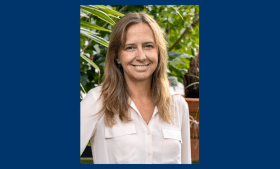
-
A new study shows that the snail darter, a tiny fish that was the focus of a legal battle that gave teeth to the Endangered Species Act, is not a distinct species.
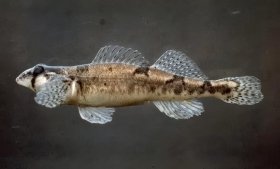
-
The Yale-based team, Map of Life Rapid Assessments, will use its prize money to expand its biodiversity work around the world.
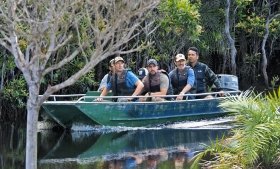
-
What is there to be discovered at the intersection of fields as diverse as science, society, and culture? That's what Brandon Ogbunu, Assistant Professor of Ecology and Evolutionary Biology, is exploring in his research.